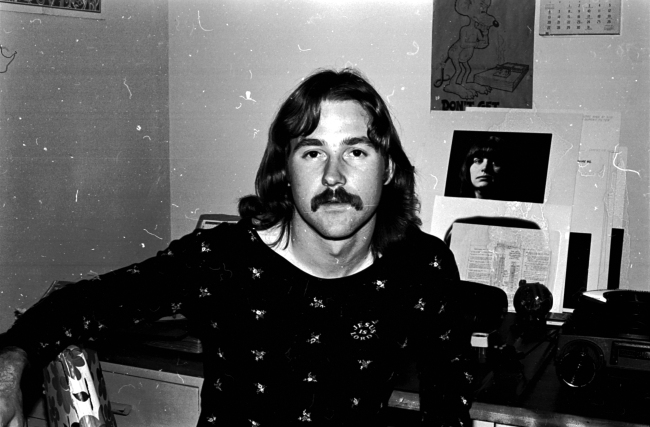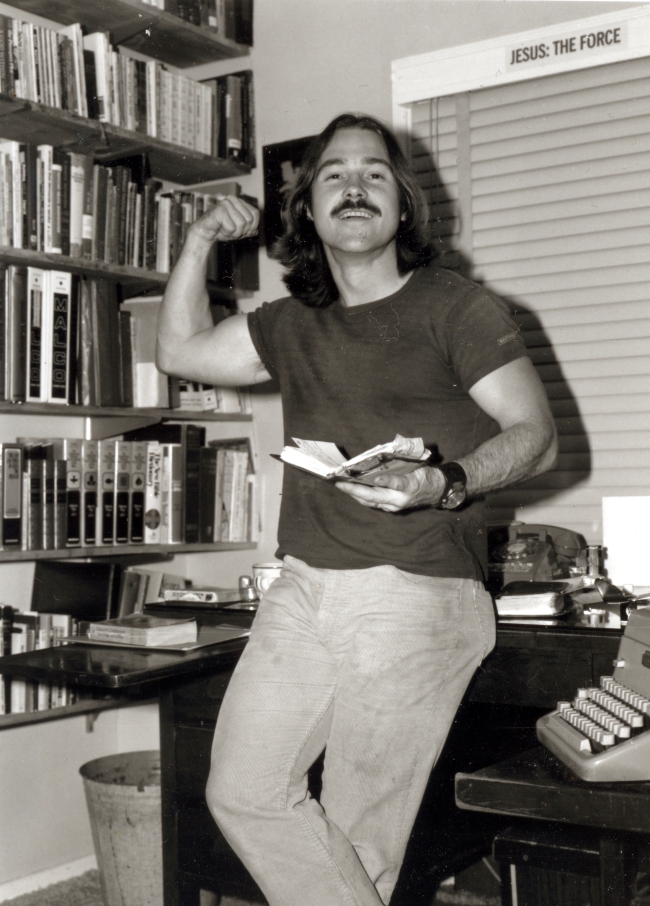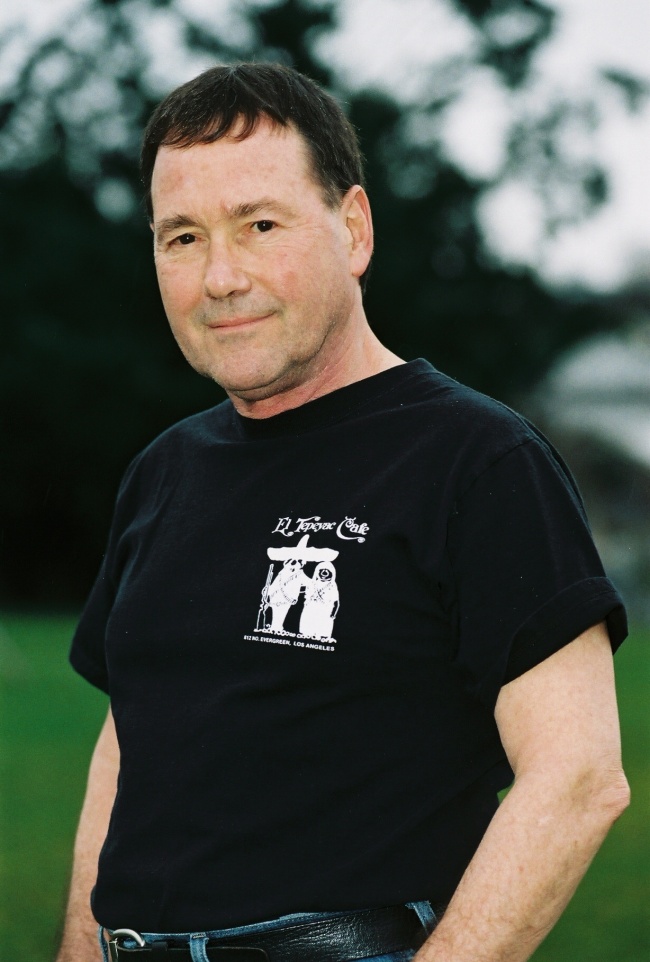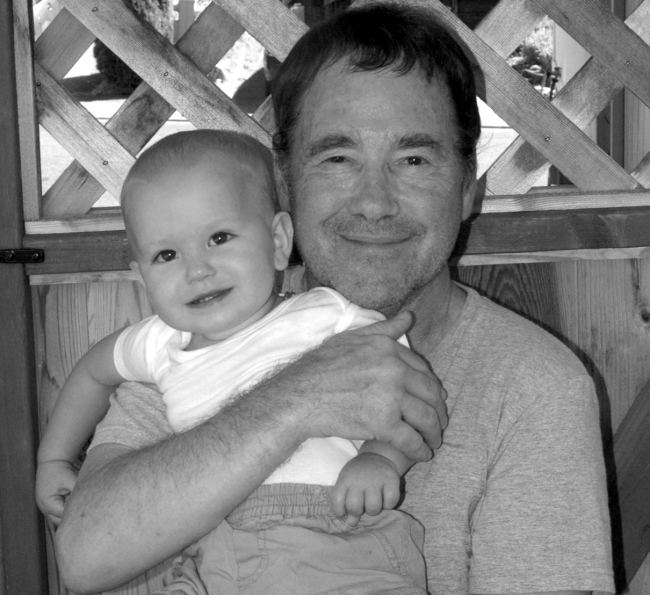https://www.smashwords.com/books/view/918046
Over 46 years ago, when I was in the army I wrote a diary my last 165 days, with the intention of one day turning into a novel about what it was like to be a draftee stationed in the USA, during the peak of the war in Vietnam. I wanted it to be what “Here To Eternity” was to the army just before WWII, but I knew that I needed time to learn how to write and experience life first. So I put the diary in a box and kept it there for 30 years, while I lived my life. Then 30 years later in 1998 I transcribed it onto Microsoft word and saved it. I read it over and ruminated on it for another 10 years and even reconnected with an old army buddy. Then in 2008 I began writing the novel, using my diary for the skeletal framework to hang my story on. I used the diary structure, so there are 165 short chapters averaging 1300 words and totaling over 200,000 words. I completed my first complete draft on Monday, November 3, 2014. Now I will go through it and edit it, which will probably take me 3 – 6 months. This is the introduction.
165 Days Short
or
Repercussions From the Summer Of Love At Ft. Sill, Oklahoma
By: Bob Gersztyn
Back in the late 1960’s, if you enlisted or were drafted into the U.S. Army you could plan on spending 1 or 2 years in Vietnam, Korea, Germany and/or the U.S.A. Stateside duty could mean a gravy tour if you got the right assignment. If you ended up at Ft. Ord, California you could go to Frisco and Berkley, Ft. Dix, New Jersey was near New York City and Ft. Polk, Louisiana had New Orleans and the Mardi Gra a couple of hours away. Where ever you ended up one thing was for sure, going to town meant that you could act like a civilian for a few hours. Some guys even got stationed close enough to home that they could visit their families whenever they wanted to.
https://www.smashwords.com/books/view/918046
The downside of a domestic tour was experienced when you were stationed at a base located in the middle of nowhere, next to a small town that existed solely as a result of the post’s presence. In such cases the population’s attitude towards the GI’s vacillated between gratitude and animosity. Such was the case with Ft. Sill, which was adjacent to Lawton in south central Oklahoma, about 50 miles from the Texas border. Lawton came into existence as a result of Ft. Sill being established. People felt safer living next to a fort full of soldiers, in hostile Indian country.
Ft. Sill has been the home of the “U.S. Field Artillery Center and School” since 1911. General Phillip Sheridan founded it in 1869, when he was conducting a winter campaign, against the Southern Plains tribes. During the late 1870’s the “Buffalo Soldiers” of the 9th and 10th cavalry were stationed there and supplied much of the labor in the construction of the Fort. By the late 1960’s it was in full swing as a training base for artillery units going over to Vietnam.
https://www.smashwords.com/books/view/918046
Lawton is located a few miles south of the base and was founded in 1901. At that time a lottery was held distributing 160 acre parcels to white settlers on what was then the Kiowa-Comanche reservation. The town was named after General Henry W. Lawton. It is the third largest city in the state, as well as the cultural and economic center for the region. Cattle, dairy, agriculture and the military make up the primary industries for the area. Cameron College, home of the Aggies was located within the city limits, and drew students from surrounding areas. The combined population for Lawton/Ft. Sill amounted to nearly 100,000.
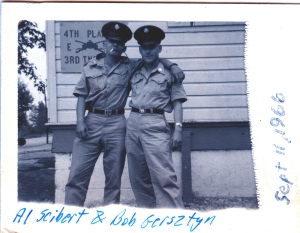
All unmarried GI’s lived on base in military barracks. The quarters varied from wooden frame structures to newer cinder block and even brick buildings. Non-training semi-permanent support units were housed in the newer facilities, for the most part.
After Toby Grines was drafted in August of 1966, he ended up in two of those support units. First he was assigned to the 395th Engineering Company, since he was a carpenter. At least that was what his M.O.S. (Military occupation) was. It said he was a 51B20, so he was placed in the carpentry platoon, where he worked with guys who had been building houses, during the economic boom that was happening. The only problem was that he had never done any construction carpentry work. Back home in Detroit, Michigan Toby had been a wood pattern making apprentice, learning how to construct precision automotive die patterns, for the big three (General Motors, Ford and Chrysler). When the personnel clerk saw the word wood associated with Toby’s occupation he figured that he was a carpenter. Toby immediately submitted a 1049 requesting A.I.T. (Advanced Individual Training) M.O.S. training for carpentry or another military occupation.
https://www.smashwords.com/books/view/918046
So they sent Toby to school, and trained him to be an armorer (small arms weapons specialist). He was able to perform second echelon maintenance one everything from 45 cal. pistols, to M14’s, 16’s, M-79’s, 60mm and 50 caliber machine guns. He had it made, and was exempt from all duty, and spent most of his day reading, talking to the unit mail clerk or playing solitaire.
Then in the summer of 1967, after PFC Grines went on leave for two weeks, the guy who took his place accidentally gave Captain Archer’s (the company commander) gas mask to an enlisted man during maneuvers. Captain Archer’s specially made eyeglasses were in the mask, and the man took them out. Toby was blamed in retaliation and he was transferred out of the unit to headquarter battery of the 3rd Field Artillery and Missile Group.
Since the headquarters unit didn’t pull guard duty, or have field maneuvers, it needed no weapons. Therefore it had no armory, other than 7 – 45cal. Pistols, which had to be checked and cleaned once per month, and this could be done in a couple of hours. Therefore it didn’t need a full time company armorer.
https://www.smashwords.com/books/view/918046
Since Toby still had his carpenter MOS he was assigned to the new unit primarily as the R&U (Repair & Utility) man. The R&U position was the military equivalent of building maintenance. Toby’s days were spent repairing venetian blinds, replacing light bulbs and mowing the lawn and building or repairing whatever he was assigned to do. It wasn’t a very glorious position for a gung ho 20 year old.
As Toby began his second year of service he found himself in the new unit. It was a headquarters unit, which meant that it was made up of officers, clerks and short timers. There were two kinds of short timers; those who would be E.T.S-ing (Estimated Time of Separation) soon and those who would be shipping out for an overseas tour of duty.
The headquarters unit was smaller than the 395th and only had one platoon, which was called an artillery battery because it belonged to a heavy duty weapons Group. It only occupied the ground floor, while the 4/46th artillery battery occupied the top 2 floors. 3rd Group had a commanding officer, an XO and a first Sergeant, but the most important difference was the additional brass. It had everything from a full bird Colonel to a Sergeant Major, with a light Colonel, Majors, Captains, beaucoup First and Second Lieutenants and Warrant Officers in between. They all worked in personnel or in the group headquarters Block house. None of them resided in the barracks with the enlisted men.
Soon after being assigned to Headquarters battery of the 3rd Field Artillery & Missile Group, Pfc. Grines was promoted to Specialist 4th class. With the promotion came an additional job. The unit mail clerk received his orders for Vietnam, so SP/4 Grines took his place. Mail came twice a day, both in the morning and the afternoon. The mail clerk sorted and distributed it.
https://www.smashwords.com/books/view/918046
While the 395th was made up of macho beer brawling construction worker draftee’s and lifers, 3rd Group was comprised of intellectual wanabee’s, college dropouts and pot smoking hippies. The disparity between the units even manifested itself in the music they played. Instead of hearing “The Righteous Brothers”, Smokey Robinson, Mitch Ryder and B.J. Thomas the windows were vibrating with “Country Joe & the Fish”, Bob Dylan, “Jefferson Airplane” and Jimi Hendrix.
The “Summer of Love” took place 1700 miles west, in the Haight Ashbury district of San Francisco, but its repercussions were felt even in the heart of Oklahoma. Some GI’s grew mustaches, wore love beads and even dared to wear peace symbols. Toby quickly integrated into 3rd Group and found himself thinking and talking about issues in ways that he hadn’t before. He began using mind altering substances, and even incurred a head injury during this time. The Army didn’t test for drugs at the time, because it wasn’t an issue, yet.
During this 165 day period Toby goes through a metamorphosis that takes him from being a Warren, Michigan, Roman Catholic tough guy, to a peace and love hippie and beyond. This all takes place in L.B.J.’s “New Action Army”, after the 1968 Tet offensive in Vietnam. It’s a time of unprecedented cultural, political and religious upheaval, and the Army is the meeting ground for young men to share their ideas with each other as they fulfill their destinies.
By the time he had less than 6 months of his two year hitch left, SP/4 Grines considered himself to be a short timer. Most soldiers don’t consider you a short timer until you break 100 days, but Toby didn’t care. Another idea that coincided with his decision to don the short timer mantle was keeping a daily diary. On Saturday, March 2, 1968, with only “165″ days left in the army he made his first entry, and continued to do so until the day that he was discharged. This is that record.












